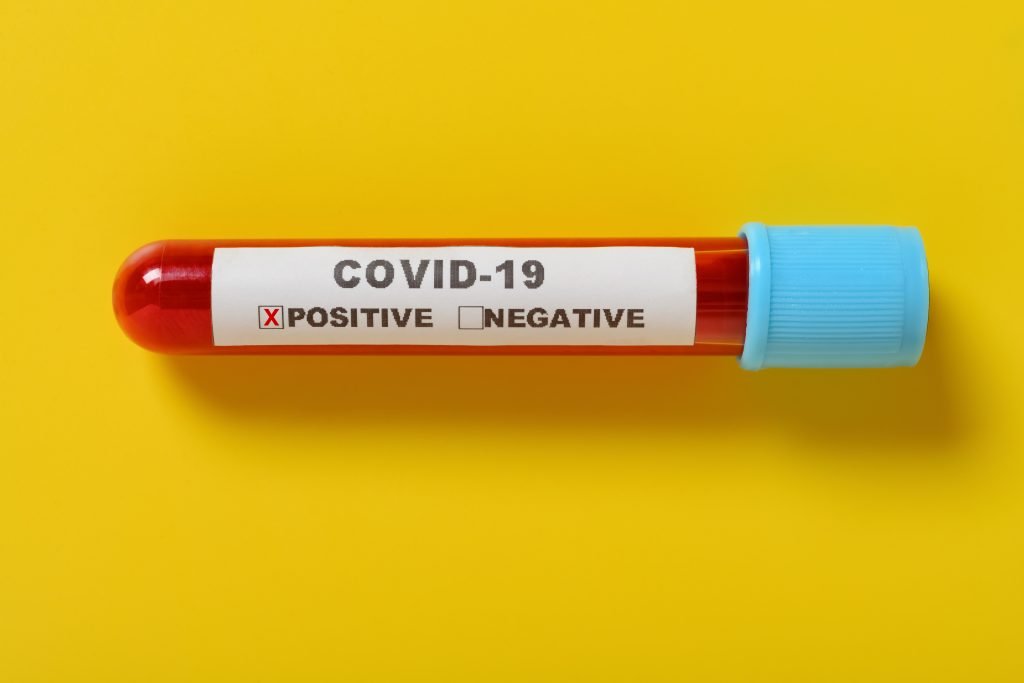In another warning against the prospect of allowing COVID-19 to spread unchecked in the hopes of establishing herd immunity, a Lancet commentary has warned of potential permanent health issues developing in those who recover from the condition.
 As of the time of writing, close to five million individuals worldwide have been infected by COVID-19, the disease caused by severe acute respiratory syndrome coronavirus 2 (SARS-CoV-2). A total of 5,003,155 have contracted the virus, with 325,218 associated deaths. 1,971,453 have recovered from COVID-19. However, the Lancet commentary warns that their health woes may not be over.
As of the time of writing, close to five million individuals worldwide have been infected by COVID-19, the disease caused by severe acute respiratory syndrome coronavirus 2 (SARS-CoV-2). A total of 5,003,155 have contracted the virus, with 325,218 associated deaths. 1,971,453 have recovered from COVID-19. However, the Lancet commentary warns that their health woes may not be over.
The commentary notes that in patients from the Chinese city of Wuhan — the pandemic’s epicentre — chest CT scans showed bilateral ground glass opacities following recovery from the virus. Ground glass opacities refers to unspecified murky areas within CT scans of the lungs, often corresponding to fluid secretion or damaged tissue. While this is not unexpected, a concerning prospect is that these issues are persistent even after viral remission.
The Lancet commentary suggests “plausible contributors include a cytokine release syndrome triggered by the viral antigen, drug-induced pulmonary toxicity, and high airway pressure and hyperoxia-induced acute lung injury secondary to mechanical ventilation.”
They note that as of yet, there is not enough information available regarding those who have recovered from the coronavirus. Insight can, however, be gained by comparing the recovery of individuals from the genetically similar severe acute respiratory syndrome coronavirus (SARS-CoV; known as SARS) and Middle East respiratory syndrome coronavirus (MERS-CoV; known as MERS).
As with the current pandemic of COVID-19, patients infected with SARS and MERS often developed acute respiratory distress syndrome (ARDS). This can lead to pulmonary fibrosis, a condition of the lungs that is the result of thickening and scarring of lung tissue. This causes breathing to become inhibited.
In the case of MERS, long term follow-up studies have not been undertaken. SARS, however, is well-documented. After a period of fifteen years, 4.6 percent of recovered SARS patients still showed interstitial abnormalities in the lungs.
The clear difference between COVID-19 and SARS is the number of individuals infected. The outbreak of SARS in 2003 was limited to 8,098 individuals. As noted above, COVID-19 has spread to more than five million individuals.
Should long-term negative effects such as pulmonary fibrosis also become relatively frequent in individuals who have recovered from COVID-19, it is very likely that thousands could have severely impaired lung function in the years to come. Among the potential for considerable mortality should the disease be allowed to spread, potential lifelong damage for those who survive is among the consequences of mismanaging the crisis.

